Was the scientific advice for lockdown flawed?
- Published
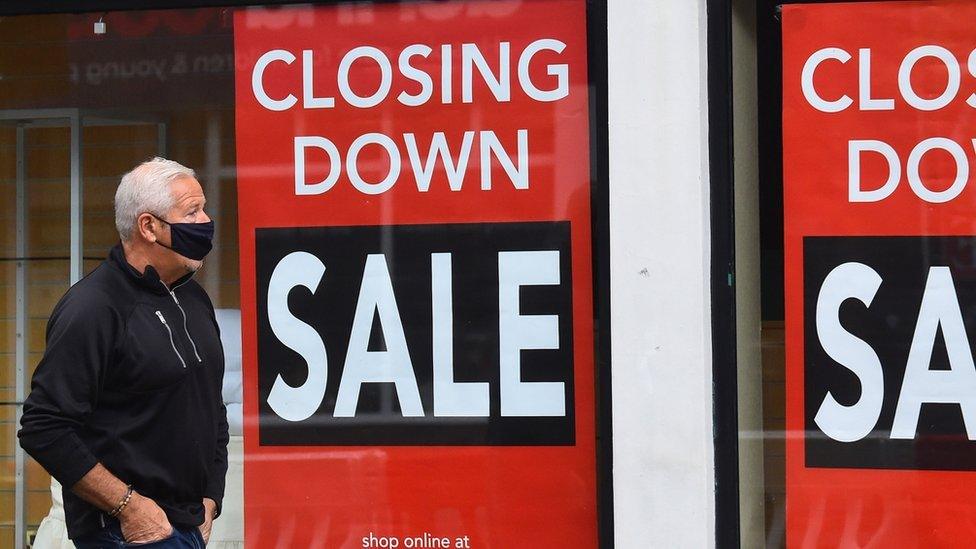
As coronavirus began spreading around the world at the start of 2020, in the UK there were weaknesses in the expert analysis of its likely impact, according to a BBC documentary.
"There is going to be a lot of criticism of the scientists - because it's easy to have hindsight.
"It's easy to say if only we'd done this a week earlier we'd have saved 5,000, 10,000, 15,000, 20,000 lives. But if you look at where we were in February, would you really have made these decisions any differently? I don't think you would have."
Those are the words of Prof Calum Semple of the University of Liverpool, one of the key scientists advising the government on Covid-19.
Ever since the novel coronavirus arrived in the UK, ministers have repeatedly said they were "following the science".
But the UK has ended up with one of the worst death rates in the world - coronavirus has killed more than 50,000 people so far.
So how good was the scientific evidence provided in the run-up to lockdown?
Virus got a headstart
On 23 January 2020, a woman unknowingly infected with coronavirus flew to the UK from Wuhan and passed through the airport undetected. Eight days later she, and a family member, became the first confirmed UK cases.
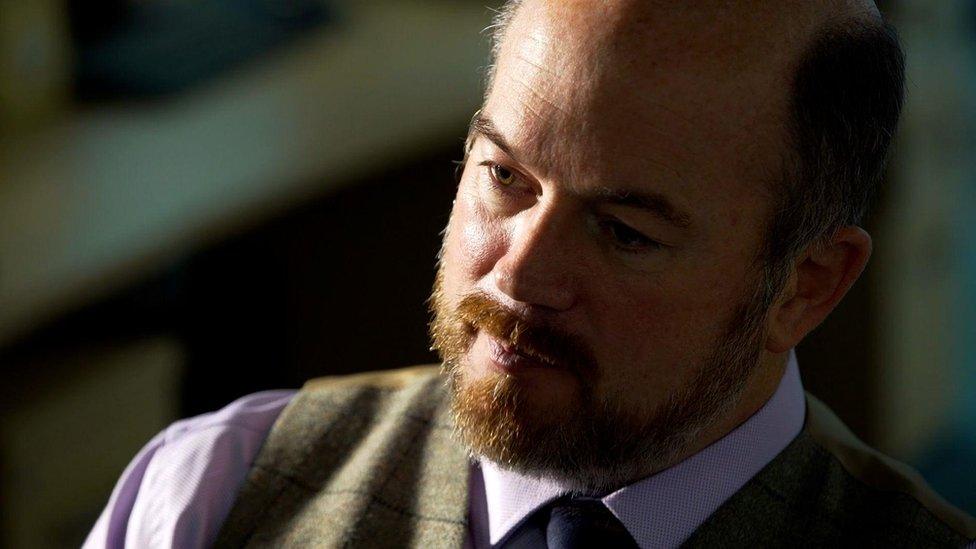
Prof Semple says criticism was inevitable
But what wasn't understood was how many others then followed in their footsteps through February and March - not just from China, but from across Europe.
"What we hadn't realised was that the virus had already moved into Italy, France and Spain, and was in the ski resorts," says Prof Semple, who is on Sage, the government's scientific advisory group.
"It turns out that we had probably 1,500 cases that came in during that period, and that's why Britain was hit so hard. We were given a really bad dose at a very early stage in a large number."
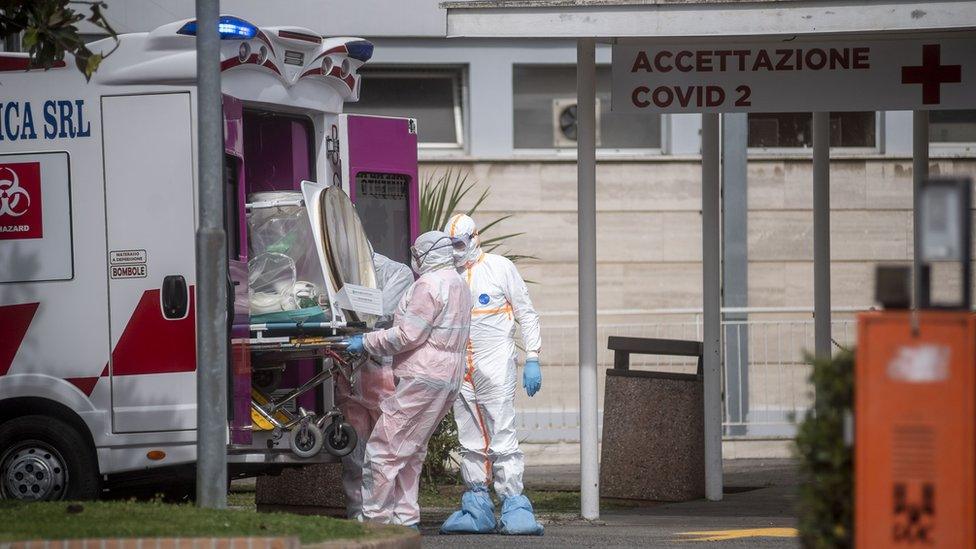
Italy was the first European country to be badly hit by Covid-19
Prof Graham Medley, who chairs the Scientific Pandemic Influenza Group on Modelling (SPI-M), which feeds in to Sage, agrees.
"If I could have known one thing, it would have been the number of imports coming in from mainland Europe.
"I should have thought that if northern Italy has got an epidemic then it's quite likely that other places in Europe have probably got an epidemic as well, and I didn't think that."
Prof Gabriel Scally, a public health expert and former health adviser to Labour, said: "There was a steady flow of people coming in from various countries as the virus spread.
"We left our borders open, we left our door open to the virus, and that contributed substantially to the very rapid growth in the virus that we subsequently saw."
Poor early data
Information about those early cases was fed into a database called the First Few Hundred (FF100), which was closely studied by modellers for clues about how the virus might spread .
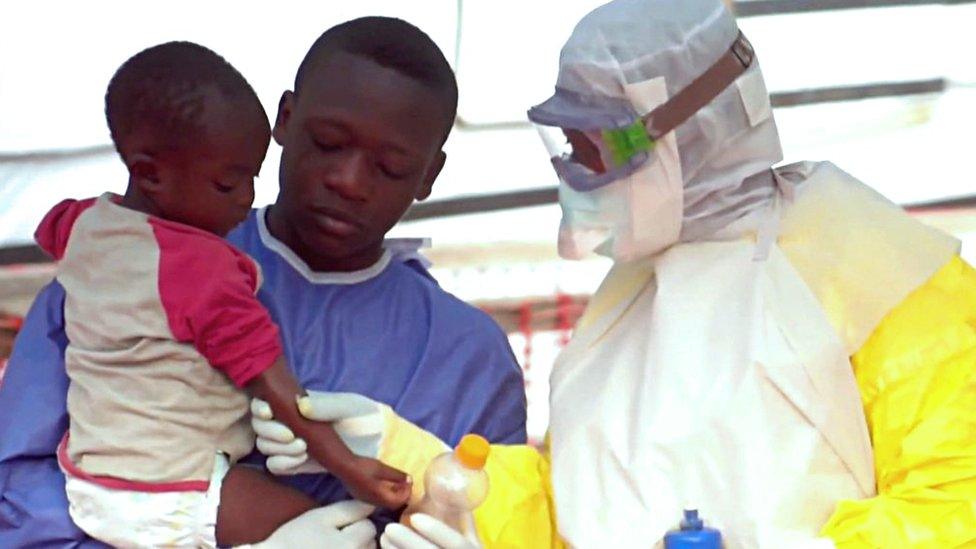
Data on Ebola may have been better than that from the current pandemic
But there was a problem. "Unfortunately the First Few Hundred data was not as good as we expected," says another SPI-M member, Dr Thibaut Jombart, from Imperial College London.
"There were clearly quite a few mistakes: basic information, basic epidemiological information, was missing.
"At the time I was coming back from the Democratic Republic of the Congo (DRC), where I spent six months as part of the response to an Ebola outbreak - a very, very messy situation in a warzone, you expect messy data there. It felt like the data situation was less good in the UK than it was in the DRC."
But Prof Medley, who is based at the London School of Hygiene and Tropical Medicine, defends the FF100 data. "Modellers always want more and better data. Yes, you could always want it more complete, you could always want it more accurate, but nonetheless the data that we had fulfilled our purpose.
"We were in quite a good position to understand what might happen in the United Kingdom."
Data was not just key to understanding where coronavirus was coming from, but who was worst affected.
Care home flaws
By mid-February, evidence from China showed older people were particularly at risk.
In the UK, modellers warned government that the virus could kill tens of thousands, and advised "cocooning" would reduce deaths.

There was a lack of understanding about care homes
But Dr Ian Hall, of SPI-M, admits models did not reflect how care homes actually work, or identify the serious risk posed by agency staff working in different homes.
"The failure of those models, I guess, was that we didn't know how connected the social care settings were with the community," he says.
"As modellers we didn't know - I'm sure there are lots of academics and policy-makers out there, that could have told us this, if we'd asked them."
Coronavirus would go on to kill more than 20,000 people in care homes.
Timing the peak
The modellers were also trying to predict when the UK would see the peak of cases.
In early March, SPI-M was still estimating it was 12 to 14 weeks away. "We were planning for a pandemic that was fairly slowly growing, on the basis that we had kind of a ramping up of social distancing, over a period of time," says Dr Hall.
But one member of the committee, Prof Steven Riley, from Imperial College, believed the government's strategy was seriously flawed and would leave intensive care units overwhelmed for a long period of time.
On 10 March, when official figures suggested there had been a total of 913 cases - but experts now estimate there were 75,000 - he submitted a paper calling for an immediate lockdown.
He says: "Based only on my knowledge of the epidemiological situation, I did think, at that point, there was an argument for stringent social distancing, for lockdown, as soon as possible.
"The point that I thought needed to be addressed as a matter of urgency, was that initially we should lock down in order to have time to formulate a more precise strategy."
SPI-M's Prof Mark Jit was asked to investigate what the true numbers might be.
"I think everyone knew that they were not picking up all the cases. The big question was by how much were they underestimating the number.
"We decided to look at the number of cases in intensive care units. We knew for each of these cases there will probably be many hundreds of thousands of people who have Covid but didn't have it that seriously."
His calculations predicted that by mid-March there would soon be close to 100,000 new cases each day. "That was extremely worrying because 100,000 new cases would mean that about a week later we would get 20,000 new hospital patients a day.
"There was the sense that, OK. we really need to get this information to Sage to make decisions about what we're going to do in the UK."
At the same time, other modellers realised that the NHS data they were relying on for their modelling was out of date.
"The data coming in from the UK which we thought was up to the minute was in fact in some cases up to a week old, and so really we weren't looking at a snapshot of how the epidemic was developing now, but how it was in the past," says Dr Nick Davies, who is also on SPI-M.
"That was the first time when I started to feel like things really were not under control."
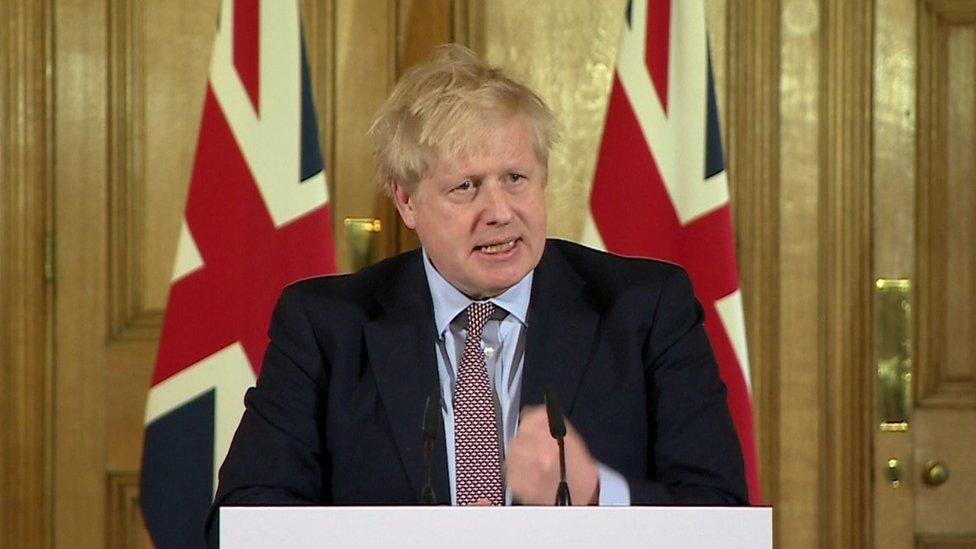
Boris Johnson asked people to stop non-essential contact
On 17 March, people across the UK were spending their first day living with unprecedented restrictions on daily life.
In a TV address the previous evening, Prime Minister Boris Johnson had told the nation: "Now is the time for everyone to stop non-essential contact with others and to stop all unnecessary travel. We need people to start working from home where they possibly can. And you should avoid pubs, clubs, theatres and other such social venues. Without drastic action, cases could double every five or six days."
But at the University of Manchester, SPI-M's Dr Lorenzo Pellis was looking at data from Italy, and realising that the virus was spreading in Britain at almost twice the speed that had previously been thought.
"I got really concerned," said Dr Pellis. "I was coming out with really short times between that day and potentially breaching hospital capacity."
It meant the NHS was just days away from being swamped by coronavirus patients.
The analysis was fed back to Sage. "And that led to the cascade to full lockdown," said his SPI-M collegue Dr Hall.
Lockdown too slow
So do the scientists believe they should have acted earlier?
"I obviously feel that it's incredibly tragic what has happened in the UK and of course I wish that interventions had been brought in earlier", says Dr Davies.
"Our own modelling suggests that had lockdown been imposed a week earlier, we may have avoided about half or slightly more than half the number of deaths."
"I think we got ourselves into a mess by relying on modelling and allowing modelling to drive the whole response," says Prof Scally. "I think the failure of the science, so to speak, will be seen as one of the most important features in what has been a very, very poor response to this global health tragedy."
A Department of Health and Social Care spokeswoman said: "This is a new virus and an unprecedented global pandemic and our priority from the outset has been to save lives. We have been guided by the advice of experts from Sage and its sub-committees and our response helped to ensure the NHS was not overwhelmed."
'Lockdown 1.0 - Following The Science?' is on BBC2 at 21:00 GMT on Thursday 19 November and on the BBC iPlayer afterwards.